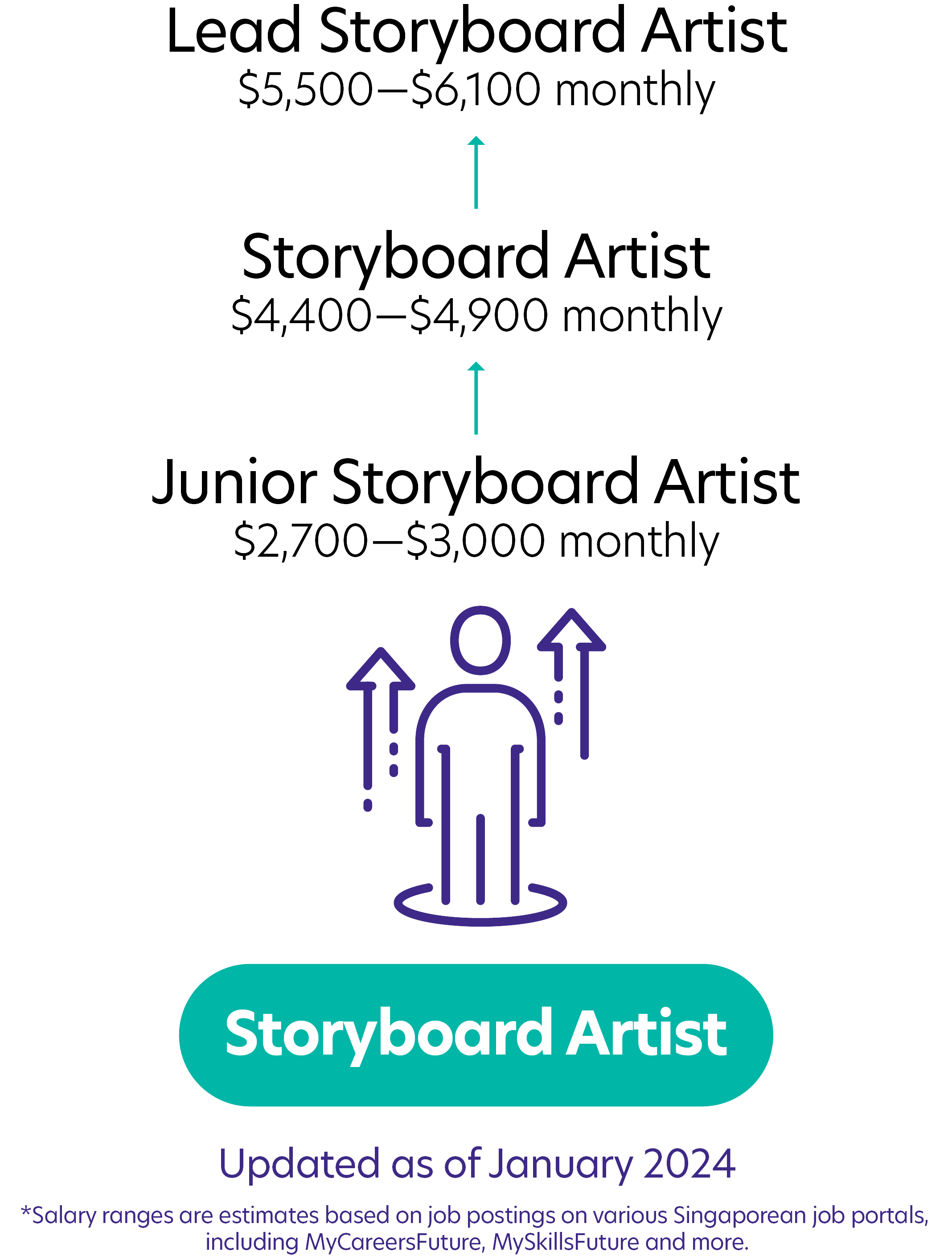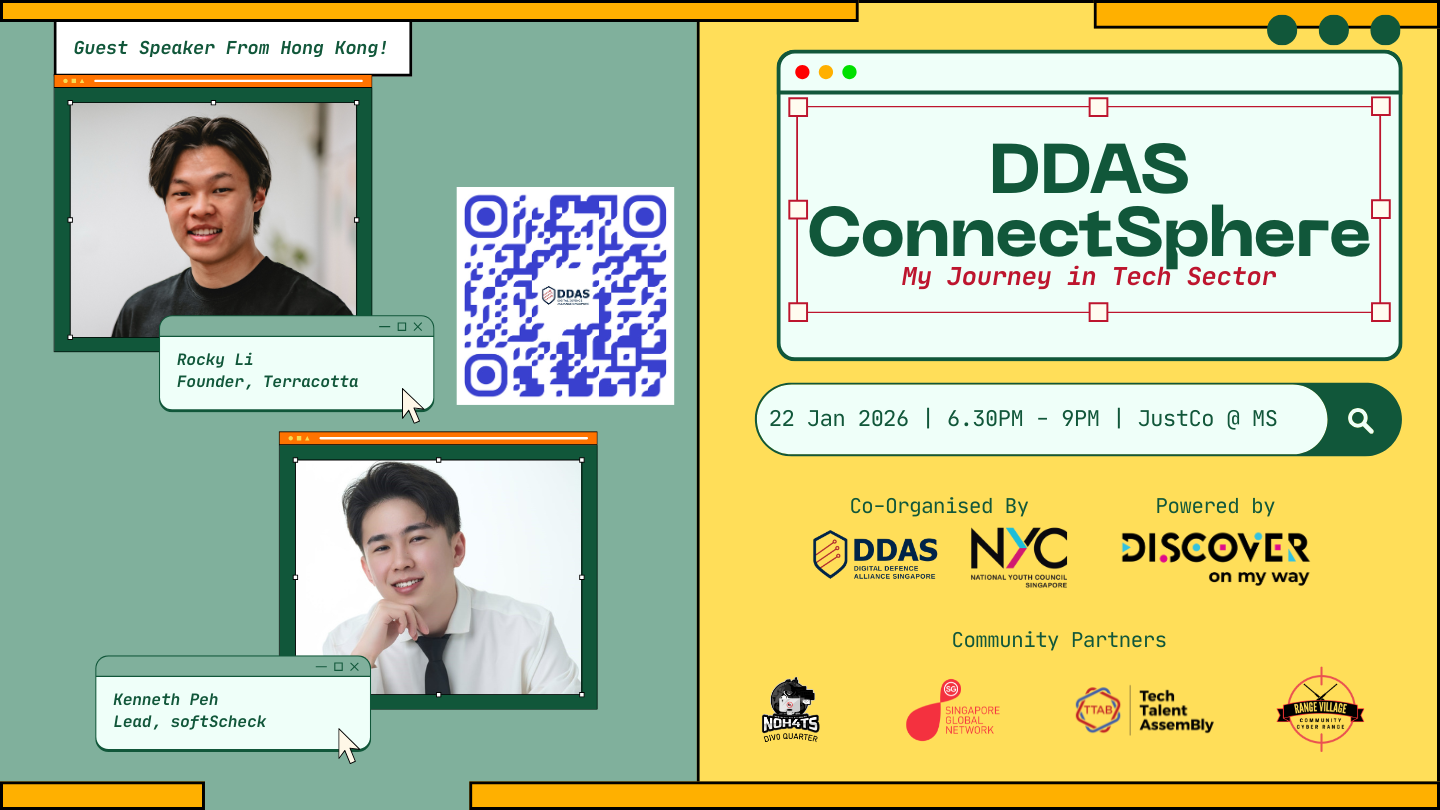
Storyboard Artists translate ideas into drawings to create visual scenes for video production.
-
Brainstorm and ideate with the story team and director.
-
Develop the dramatic and comedic pace to make the story more entertaining.
-
Create sketches for allocated shots that portray the plot and scene structure.
-
Depict how the action unfolds in a scene, such as the actions of characters and camera placement.
-
Utilise digital storyboarding tools to convert detailed sketches into storyboard panels.
Note
Nature of Work
As Storyboard Artists, you’ll interpret scripts and create a series of panels that lay out the narrative by drawing scenes by hand or using digital tools.Key Advice
You will have to pitch your storyboards to the Director or Creative Head, who will make the decision if a project gets approved!-
Entry RequirementsEntry Requirements
-
A portfolio is the main thing employers look for when hiring. Start sharpening your storyboarding skills by hand or digital software!
-
Be willing to learn, look for online learning resources.
-
-
Possible PathwayPossible Pathway

Storyboarding (Hand/Digital)
To visually depict scenes, actions and transitions as per a script or narrative.Concept Art Creation
To represent characters, environments and moods and pitch the story ideas.Storytelling Techniques
Ability to translate a script or narrative into visual sequences that effectively convey the story.Creative Thinking
For imagining and visualising scenes, characters and actions in unique and compelling ways.Communication
For discussing concepts and ensuring the storyboard aligns with the vision of the project.Collaboration
Ability to collaborate effectively with directors, writers and other members of the production team.Explore Other Programmes
Browse AllYou have bookmarked your first item!
Find it in My Discoveries with insights on your interests!


.png)





